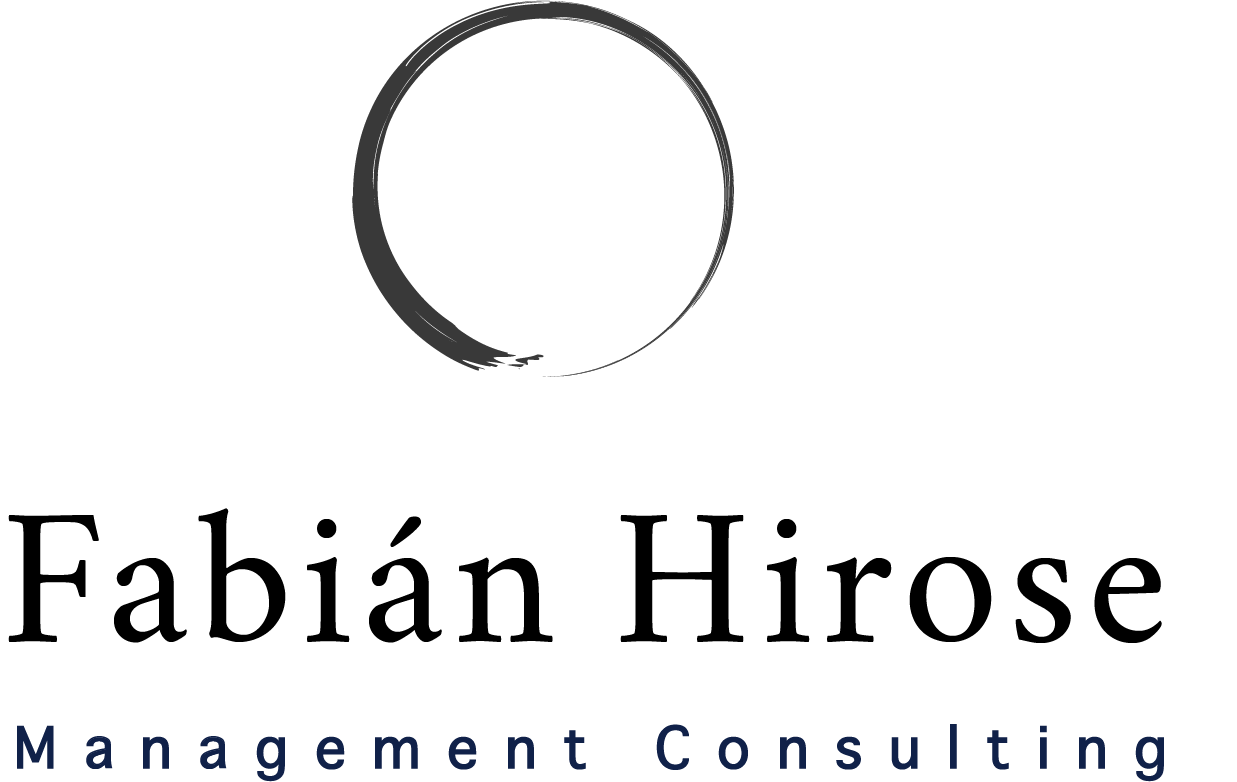5 Signs Your Fashion Work Culture is Toxic
Pieces by Artist Kate MacDowell
By L. Lavon Gray, PhD
Dread. Anxiety. Boredom. Fear. Anger.
If these words describe your feelings about your job, you might be in a toxic work culture.
While you may think you have a dream job, if the culture is toxic, it can turn into a nightmare very quickly. This is because toxic work cultures negatively impact our self-esteem, productivity, creativity and spiritual health, which in turn can contribute to burnout, relational challenges and negative health issues. Because of this, employees need to be able to identify the traits of a toxic work culture before it’s too late.
Here are five traits of cultural toxicity that are too critical to overlook.
Silos Reign: It’s All About Me
Workplace silos are defined by a lack of collaboration and a focus on protecting self-interests. Individual goals become more important than global success. Unfortunately, this mentality overshadows the driving mission of the overall organisation and promotes organisational dysfunction.
Recommendation: Intentionally build project teams. Most projects require input from multiple departments. Leverage this to your advantage by intentionally building project teams with representatives from across your organization. For example, a team designing a major proposal could include a person from sales, marketing and production with a lead project manager. Building inter-organizational teams cultivates a culture that gradually breaks down silos.
Lights, Camera Action: Drama Is Everywhere
Some organisations need to award Oscars instead of bonuses. These cultures are characterised by continual grandstanding and hypersensitivity that pulls employees into a seemingly endless cycle of conflict management. Even if you love Hollywood, the office isn’t the place to live that out.
Recommendation: Develop healthy approaches to conflict management. Ignoring workplace drama seldom works and, when left unaddressed, it can wreck your workplace culture. Whether you like conflict or not, successful leaders must strengthen their skills in addressing it. There are many great books and workshops available to develop a strategy and learn how to effectively confront the drama. The health of your organization depends on it.
Snipers in the Bushes: Backstabs Are More Common Than Handshakes
Trust is one of the most basic requirements for a healthy work culture. When employees continually undermine one another, it leaves no foundation upon which to build respect and collaboration. If someone begins a conversation with, “Don’t tell anyone, but …” you’d better beware. This sniper mentality will pull you into a poisonous conversation and eventually undercut organisational health. More importantly, it won’t be long before that same person targets you.
Recommendation: Refuse to be part of the cycle. When it comes to the "gossip mill," each person is responsible for their actions. As leaders, we must set a hard boundary that says, "I will not be part of any conversation intended to assassinate someone's character. Period." It's amazing how effective this approach can be in developing trust with your team. More importantly, if they know they can trust you, respect and influence follow close behind.
Leadership Conveyer Belt: Instability At The Top
If leaders don’t seem to stick around very long, there’s probably a good reason. Either the criteria used to select the leader is wrong, or the culture won’t allow them to succeed. In either case, the outlook for long-term organisational health is dismal unless major changes are made. If top leaders can’t succeed, the culture is probably the culprit.
Recommendation: Ask the hard questions. As the saying goes, insanity is doing the same thing over and over again and expecting different results. Unfortunately, that's the approach many organisations take when it comes to replacing key leaders. In the rush to fill positions they:
• Use the same hiring processes
• Never change job or role descriptions
• Ignore organisational structure challenges
• Refuse to assess the corporate culture
This list could go on and on, but if the leaders at the top aren't successful, someone needs to ask the hard questions. These usually begin with "why" and require the organisation to look inward. It's much easier to blame the leader, but the real problem might lie within.
Circle the Wagons: Protect The Status Quo
Derric Johnson, the former creative consultant at Disney, says, “When your memories are greater than your dreams, it’s time for a change.” Unfortunately, far too many organisations focus on protecting the status quo, or worse, longing for days long gone. Organizations that fail to focus on the future will probably miss it.
Recommendation: Look forward, not behind. Individuals or organisations are not defined by yesterday but how they shape tomorrow. One of the primary roles of the leader is to cast vision and lead forward. This requires an ability to see what is yet to be, and then lead your teams to make it a reality. You can't do that stuck in the quicksand of yesterday's successes or failures.
Toxic work cultures lead to oppressive, dysfunctional and unhealthy working environments. Employees need to be able to identify what’s causing the toxicity to design effective solutions that promote organisational health. If health isn’t an option, then you only have one choice: Find the quickest exit. After all, life is too short to spend it fighting battles that can’t be won.


